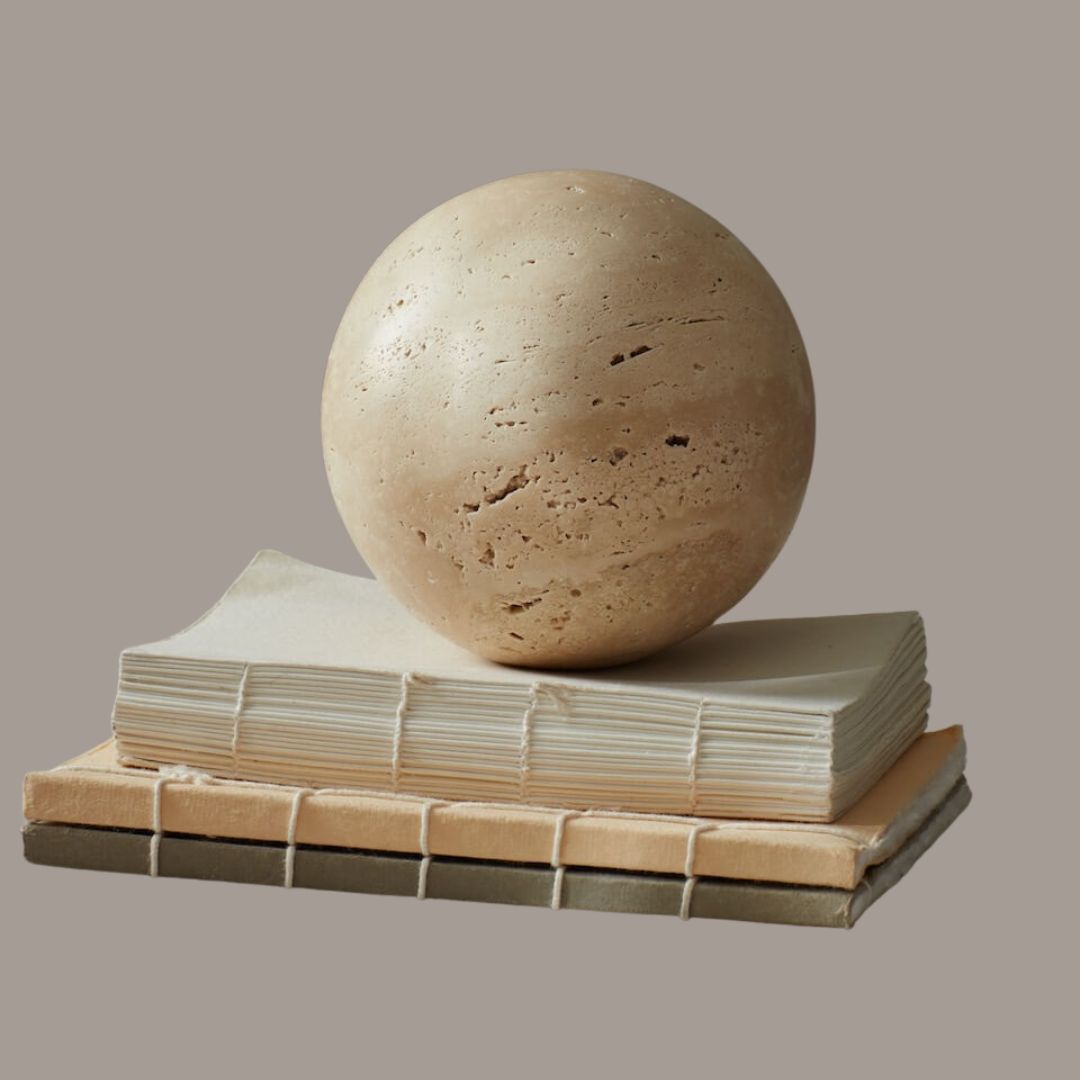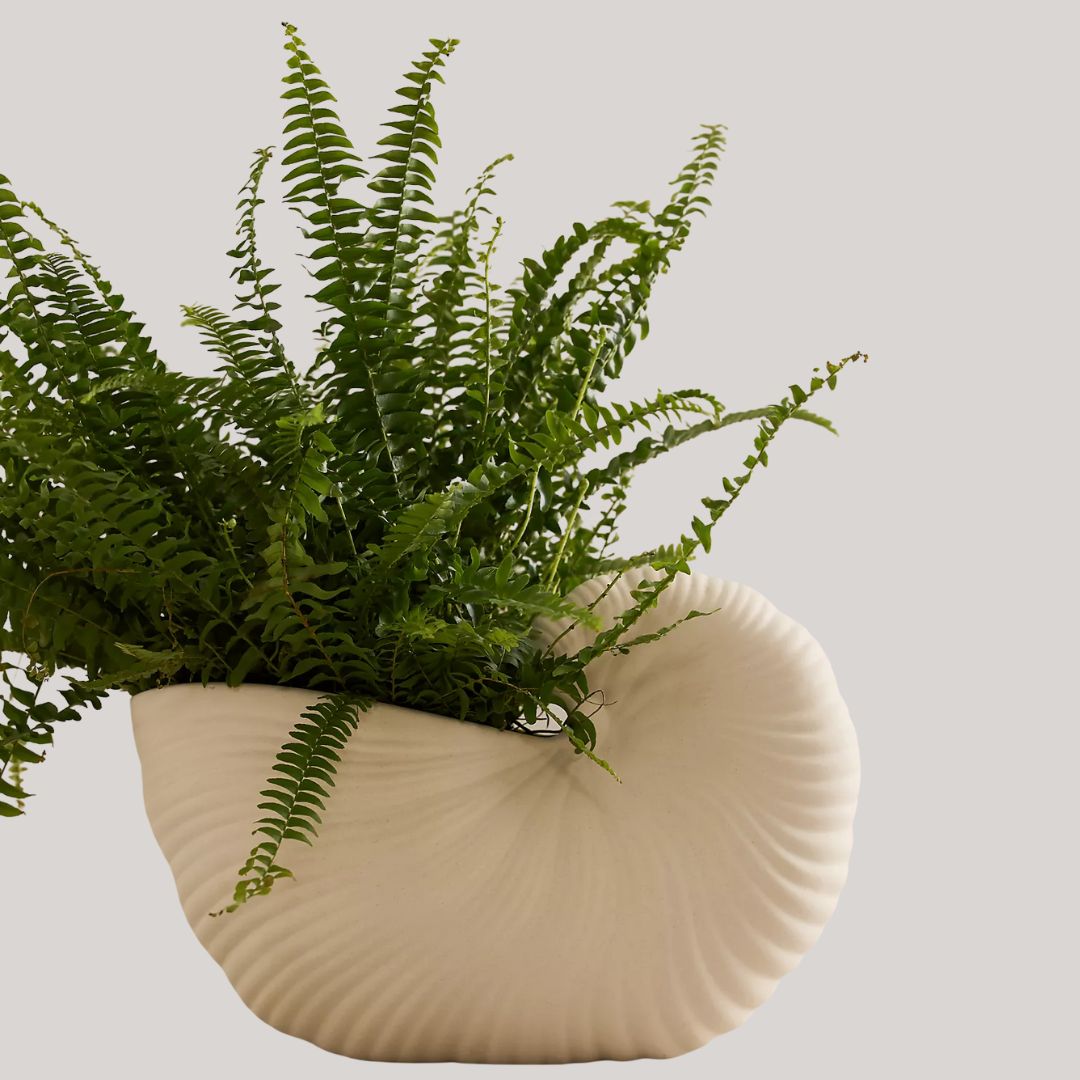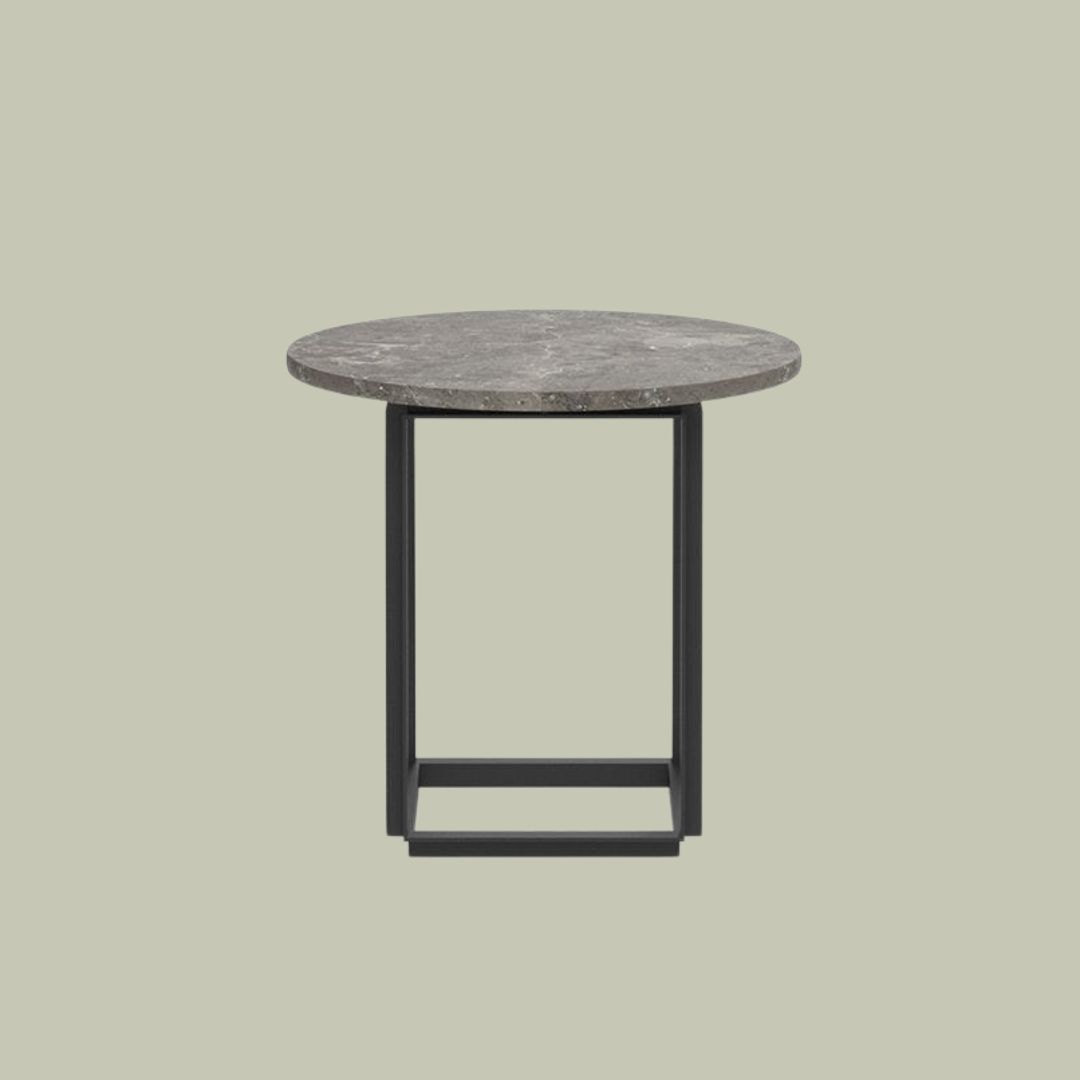5 Things You Should Be Lighting in Your Home to Make Your Rooms Look More Expensive
From placement to ambience, discover how the right lighting choices can instantly elevate your home’s look to feel like you're entering utter luxury
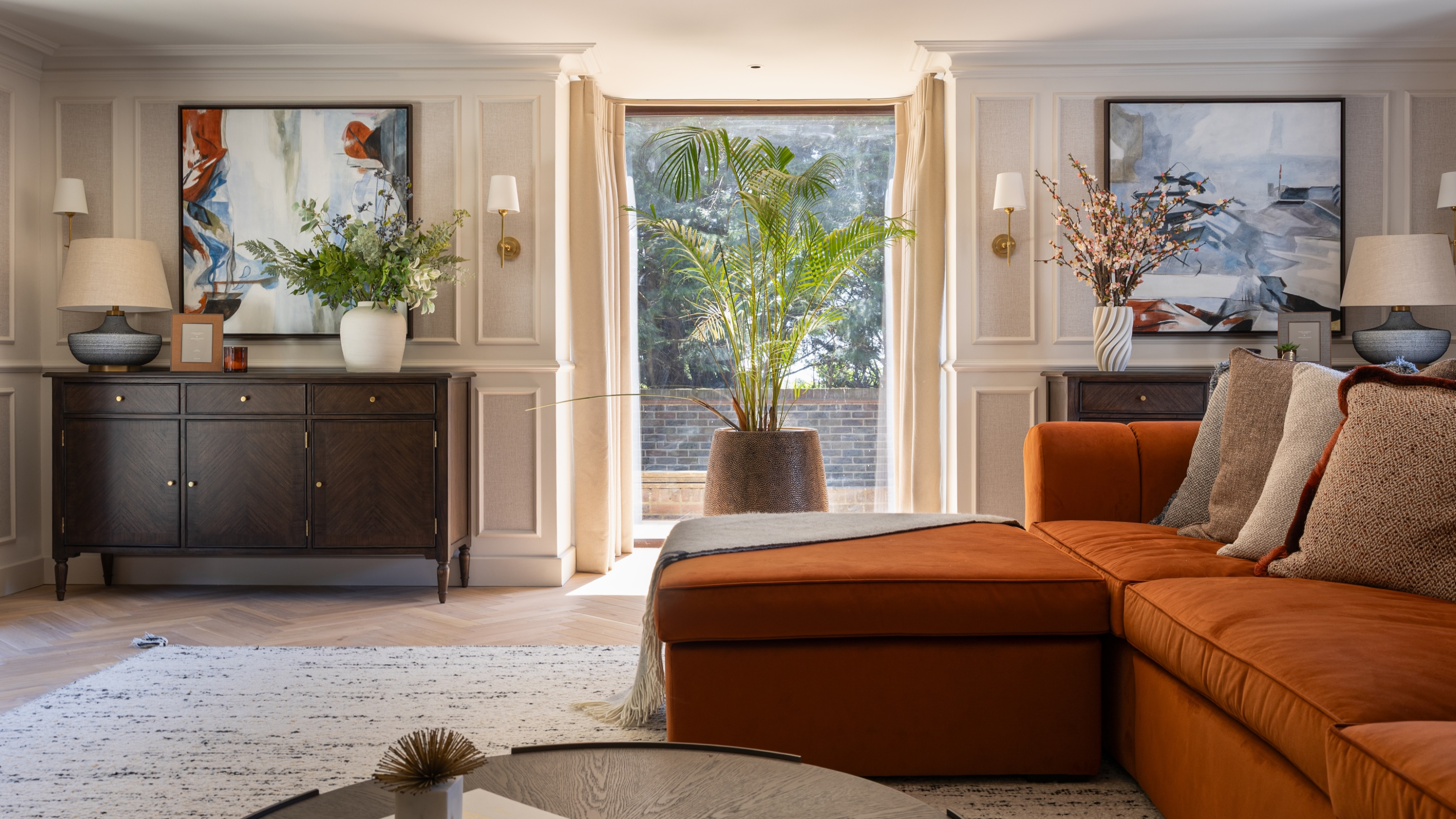

How many times have you walked into somewhere and instantly felt it hit that design sweet spot? I’m telling you, nine times out of 10, it comes down to the lighting. The way a room is lit doesn’t just affect how it looks — it shapes how it feels, too.
Get it right, and you can elevate your home to create an ambience that feels luxurious, effortless, and unforgettable. One thing’s for sure: never underestimate the power of lighting in any space.
When it comes to planning a lighting scheme, the information available online can feel overwhelming, especially if you’re new to the topic. But taking a few key considerations into account now will make those future decisions so much easier, and trust me, it’s a subject well worth knowing.
1. Architectural Elements
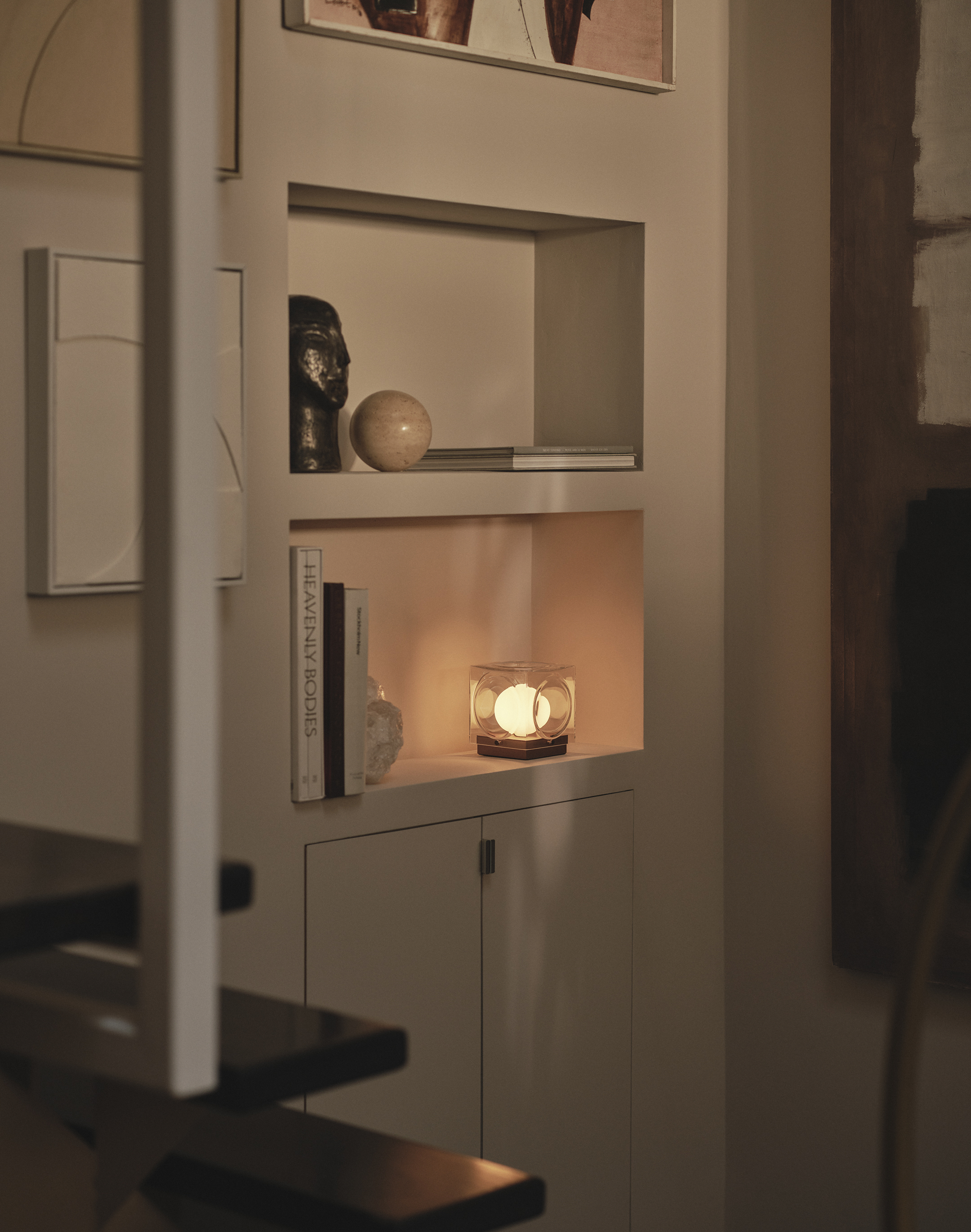
Sometimes a glow is what you need to accentuate and celebrate architectural lines.
Firstly, we need to set the tone and flow throughout the home, and this starts with its structure and architecture. The right lighting will enhance a home's unique character while working in harmony with its structure, while also helping you avoid the biggest lighting mistakes. Think beyond a single overhead and instead layer mood and task lighting so that function and atmosphere work as one.
Lee Broom, a product designer specializing in lighting, furniture, and accessories, says, “Illuminating architectural features, such as walls, niches, or marble worktops with sculptural lighting, elevates the space and highlights the beauty of the materials.” He explains how even overlooked areas deserve attention: “Hard-to-illuminate corners or shelving, with portable pieces such as the Chant table lamp, creates a sense of warmth and considered luxury.”
For him, the trick is variety: “By using lighting at varied heights, you can draw attention to everything from artwork to statement furniture, adding depth and richness throughout the room.”
In another instance, Georgina Cave, Director of Cave Interiors, tells us about a recent project they encountered where there was a vast expanse of glass that limited where fittings could be placed. Georgina explains, “We used two single-wall lights as subtle accents, while a row of wall lights over the arch, which opened up to the glass area and threw light deeper into the space, creating a refined architectural rhythm.” A central pendant was also introduced as a playful splash of color and practicality above the dining table, while also providing essential overhead illumination.”
The Livingetc newsletters are your inside source for what’s shaping interiors now - and what’s next. Discover trend forecasts, smart style ideas, and curated shopping inspiration that brings design to life. Subscribe today and stay ahead of the curve.
Together with the natural light streaming through the glass structure, these fittings balanced task and mood lighting, proving that when you highlight both function and atmosphere, the result feels effortlessly luxurious.
Designer Birdie Fortescue suggests, “Up lights set within the floor on staircases and in halls can give your home a mystical and important edge. But a stunning chandelier or hanging lantern will speak for itself and set the tone.” It’s about celebrating the space you have to work with, embracing the unique elements.
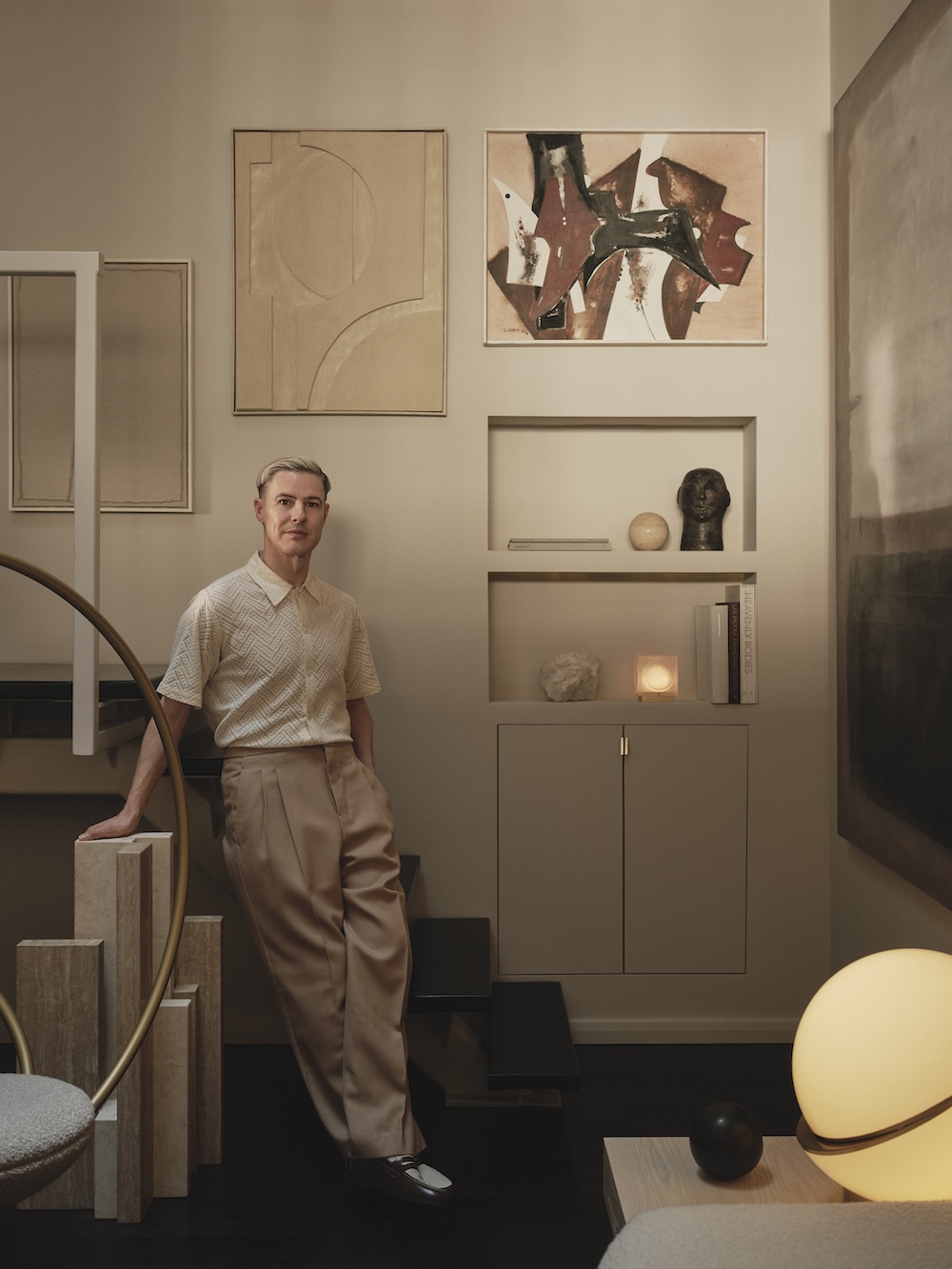
Lee Broom is one of the UK’s leading product designers and a globally recognised design brand. Since founding his studio in 2007 Lee Broom has created over 100 lighting, furniture and accessories, all designed by Lee himself and retailed around the world. Merging craft, materiality and innovation, all products are Made in Britain by hand at the Lee Broom factory in East London. Known for his conceptual and dynamic exhibitions, Lee Broom has established a reputation for creating surreal, experiential presentations that constantly surprise and engage.
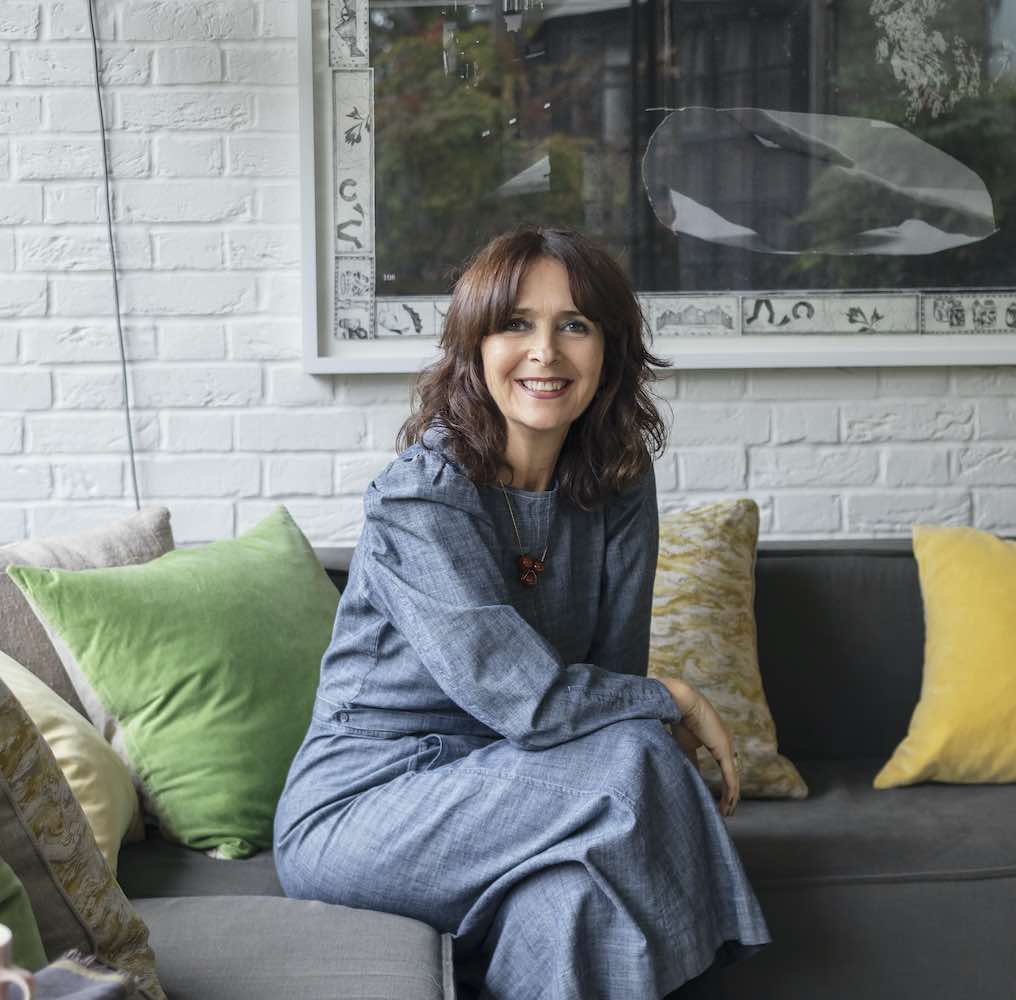
Cave Interiors is a London-based interior design studio founded by Georgina Cave in 2002, known for creating timeless, characterful homes in the UK and abroad. With a background in art, antiques, and specialist painting. In 2010, she opened her Primrose Hill studio, now run alongside her daughter Anouska, a Fine Art graduate and now, Head of Design at Cave Interiors. Georgina and Anouska bring a deeply personal and artistic approach to each project. Together, they lead a talented team, offering full interior design services and art consultancy, collaborating with leading architects on both period and new-build homes. The studio also houses a curated shop featuring bespoke furniture, antiques, and sustainable soft furnishings.
2. General Ambience
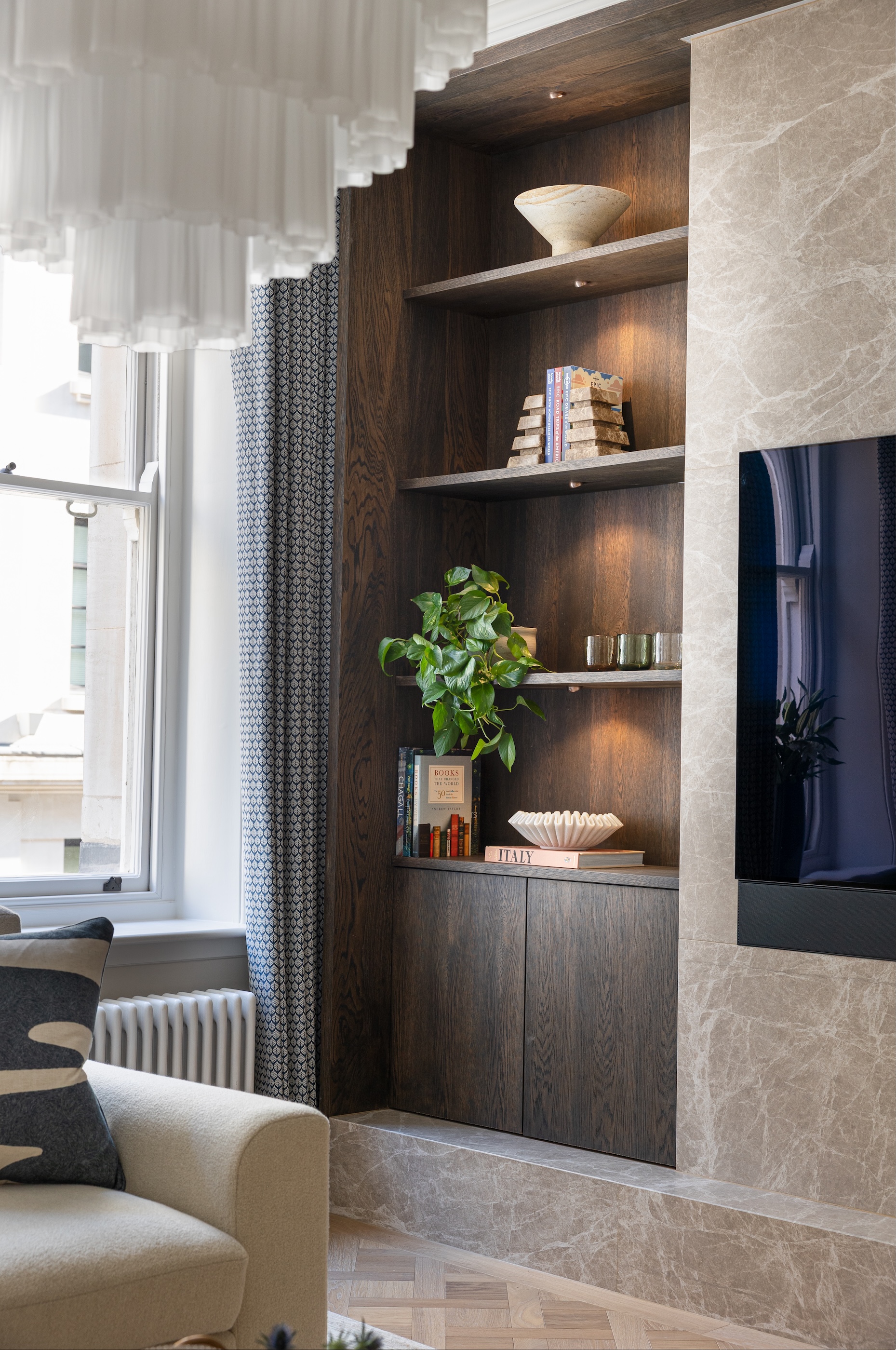
A soft backlight highlights the richness of dark wood, making the bookshelf feel instantly luxurious.
To create a sophisticated bathroom lighting or kitchen lighting scheme, it’s all about introducing layers through mood lighting, especially when the goal is to create a sense of luxury.
“If you rely on one type of light, the room can feel one-dimensional,” explains Jenna Forsdyke, interior designer at Pfeiffer Design. “While downlights do have their place, focus them on task areas such as above bathroom sinks or kitchen preparation areas. In addition to this, think about adding alternative light sources to build ambience in each space.” From decorative pendants to table lamps and wall lights to highlighting artwork, it’s about adding depth and softness, enabling each room to feel architectural yet comfortable.
“Multiple table lamps of varying styles and sizes with textural shades will enrich a home with all sorts of material combinations,” says Birdie. The variety will create interest and luxury. “Pair any of the lamp base materials with lampshades of different styles, whether pleated, in plain or patterned fabrics, laminated with raffia shades or hand-painted card shades,” and you’ll have yourself a unique selection of textures and glows.
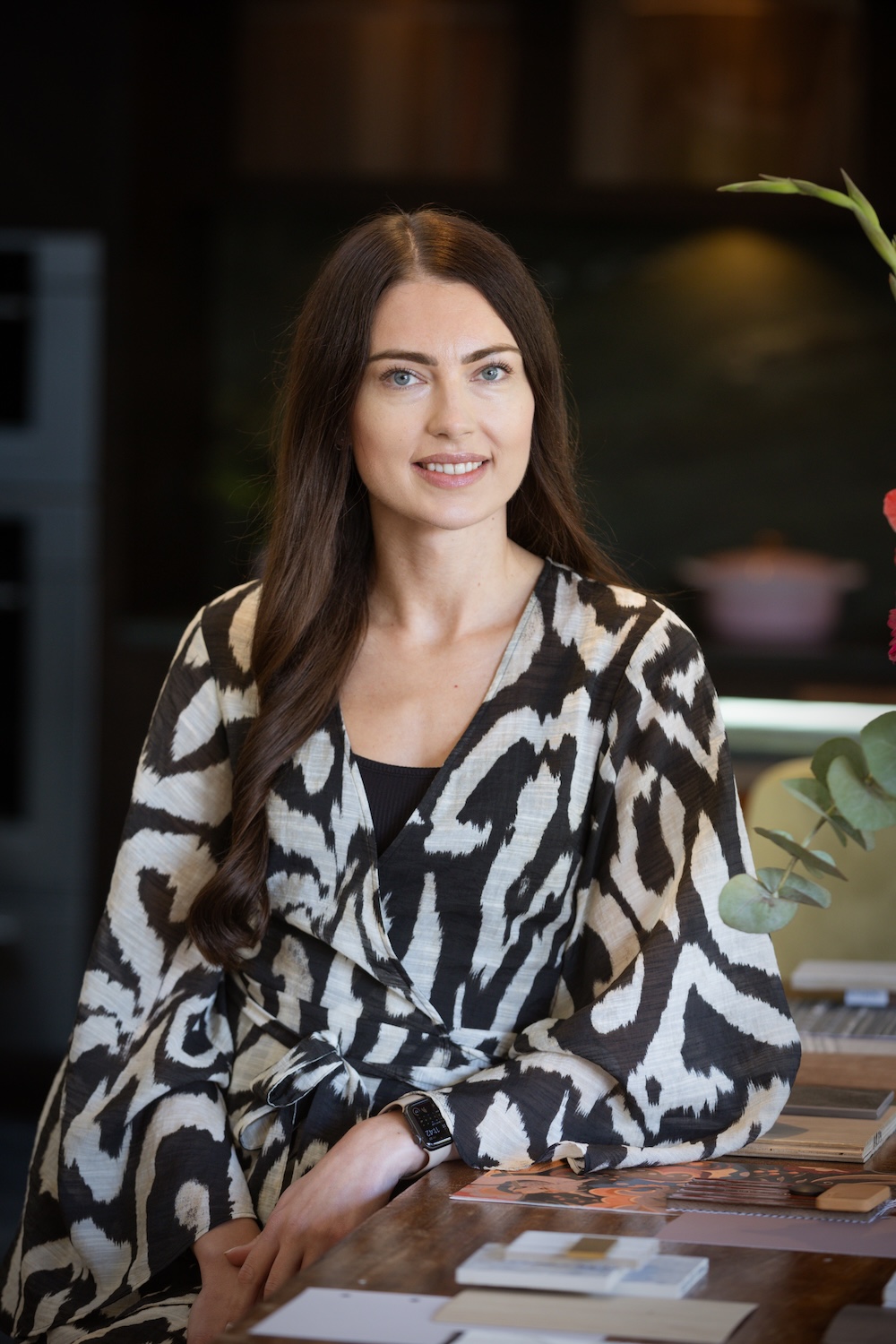
Jenna has a degree in Interior Architecture and has worked on projects ranging from listed buildings and high-end residential properties to restaurants, retirement villages and libraries. She also taught for two years at a leading London interior design academy. Having worked at Pfeiffer Design since 2015, Jenna leads on both Interior Architecture and FF&E projects from concept to completion, including designing; joinery, lighting & electrics, sanitaryware & tiling and specifying furniture & soft furnishings. Jenna enjoys the creative management of her projects and seeing her designs come to fruition on-site.
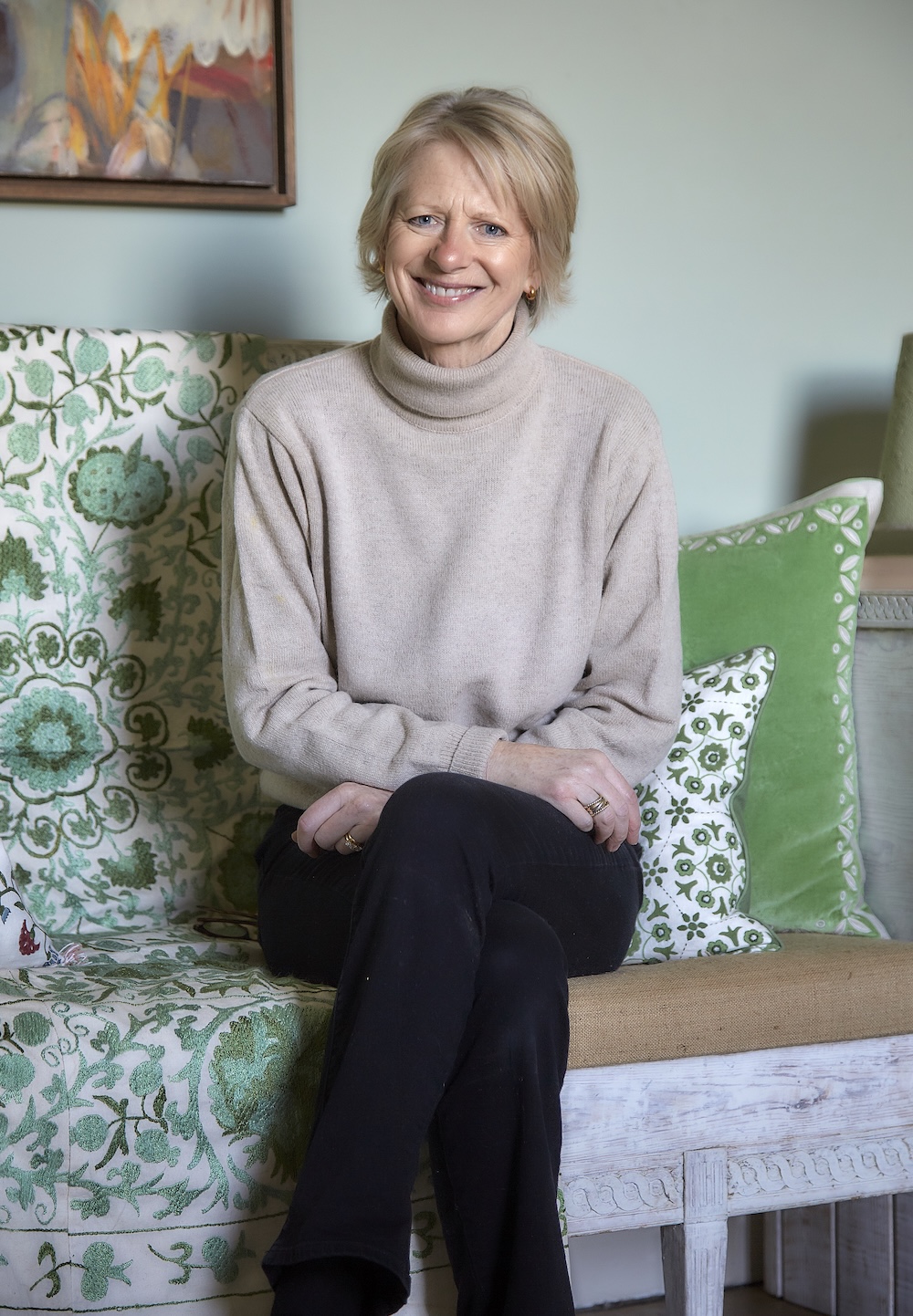
Birdie Fortescue is British designer known for her eponymous homeware brand and expertise in combining antiques with contemporary design. Her designs are characterised by color, pattern and craftsmanship, with pieces that can be effortlessly combined for a curated, collected feel.
3. Artwork
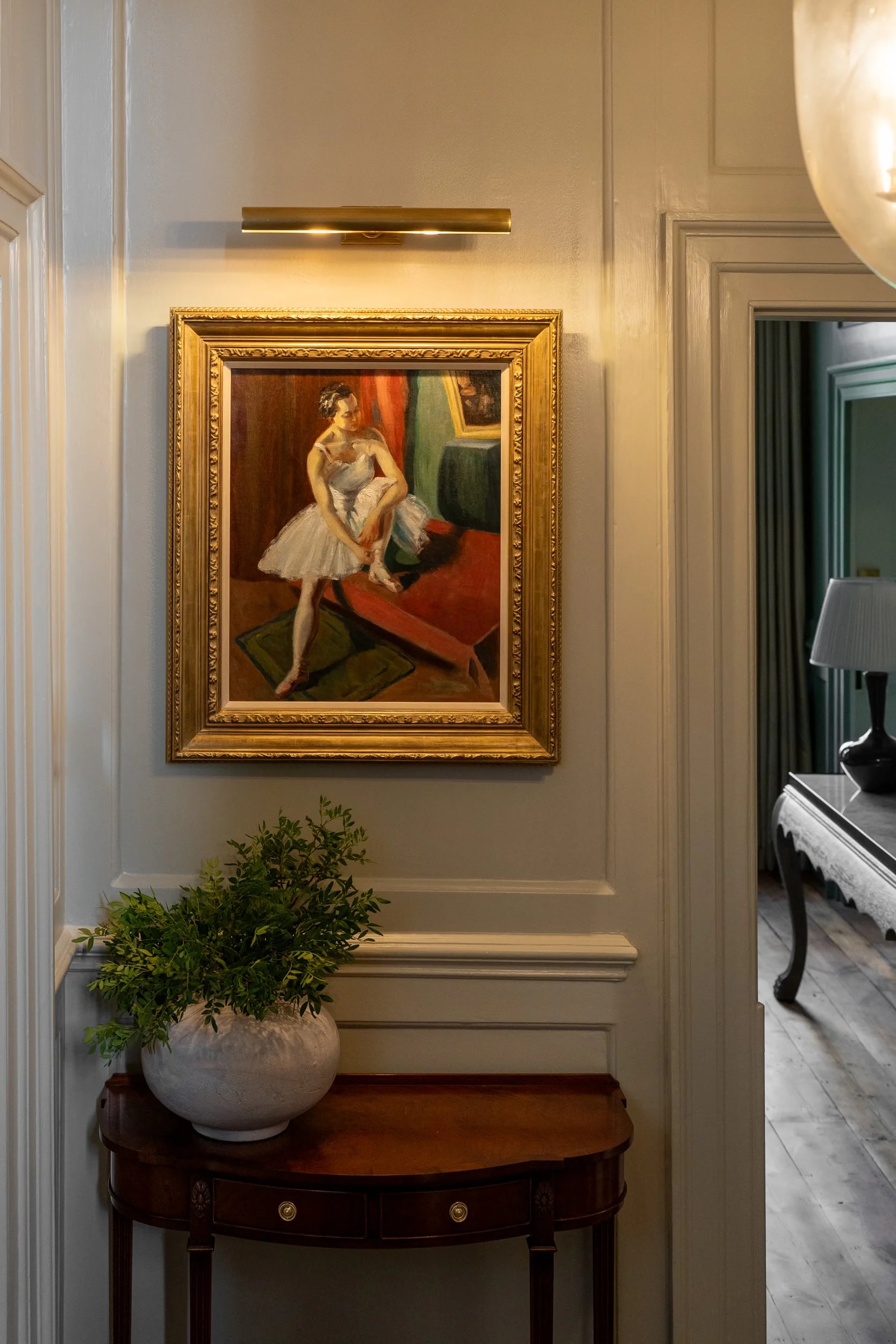
It's the smallest touches, like a well-placed picture light, that give a home its polished, high-end feel.
When talking to the experts, lighting artwork was one of the top suggestions to elevate your entryway lighting ideas to feel luxurious. Any display of art naturally tends to emanate a sense of grandeur and indulgence when illuminated with intention. It should ideally guide the viewer's eye and play with light and shadow to reveal the piece in question.
We reached out to the design director at ADAM Architecture Robert Cox as their practice is known for its work in some of the UK’s most impressive stately homes. “We are often asked to consider how to display artworks and collections of all kinds, and we will give this thought from the outset of a project." Whether in a newly designed house or a renovated historic building, this team knows where to start.
Robert lets us in on the details, “Top light is always preferable for displaying sculpture. A slightly more oblique angle and at least two light sources are optimal, as the object is three-dimensional. For collections of all types of art, rooms with more than one or two aspects should be avoided, as it is difficult to limit light exposure.” He recommends, “If top light is not available, north light is preferable to other harsher aspects and can be mitigated with shutters, curtains, or blinds.”
To ensure their design is at its best, they will always make the final decision after seeing through multiple site visits at various times of the day, during different seasons, given the changes in natural light. They suggest clients should be prepared to take time and even mock up proposals to achieve the best results possible.
After all, "thoughtfully lit artwork signals a home where every detail is curated," says Helen Pett, brand ambassador at Arteriors.
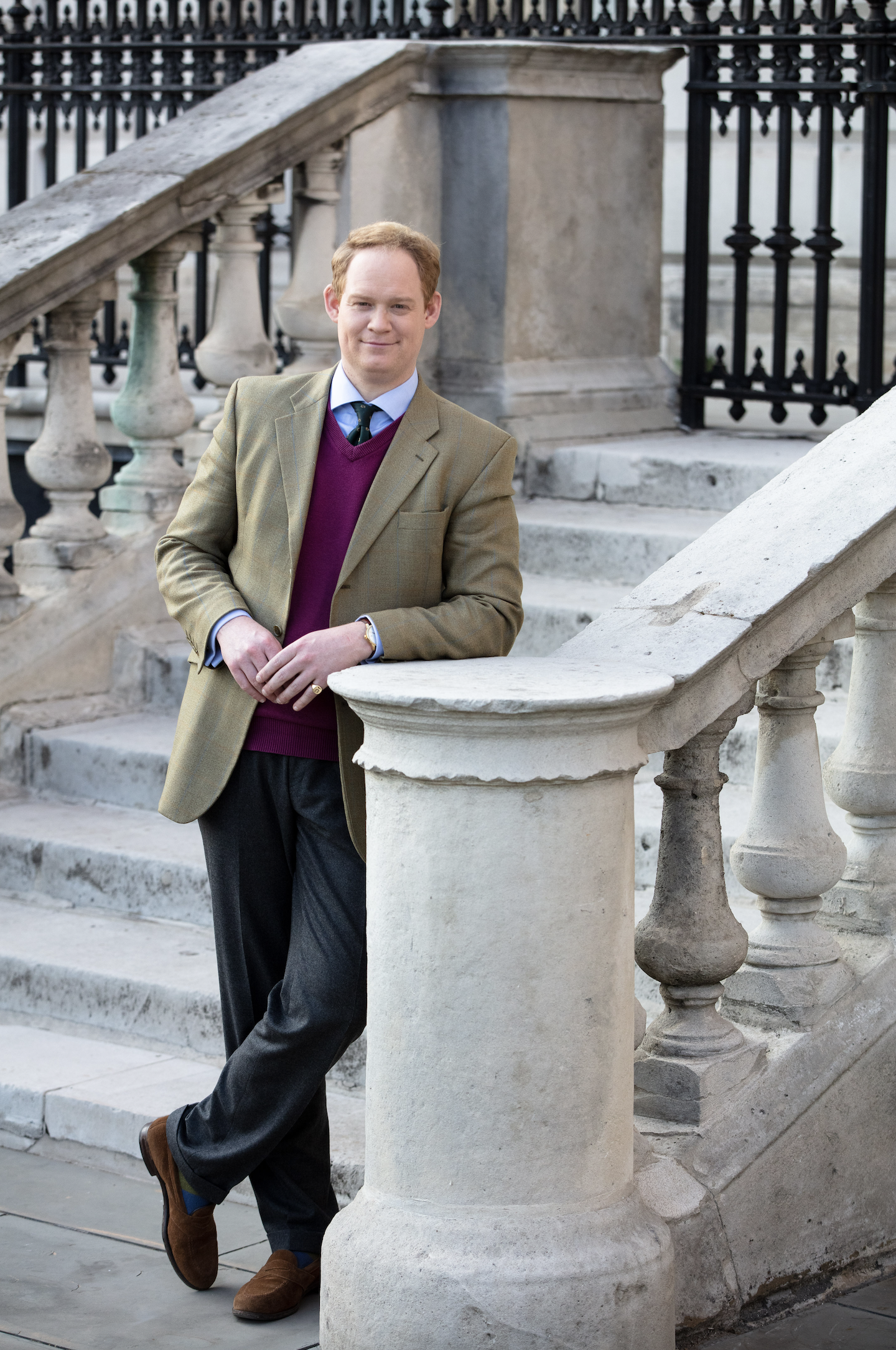
Robert Cox’s work is varied in scale, from new country houses to the restoration of historic estates and their buildings. Known for his attention to detail and his pursuit of delivering the highest level of quality on all scales, Robert has been developing his design ethos built upon the continuation of the classical tradition.
4. The Bathroom
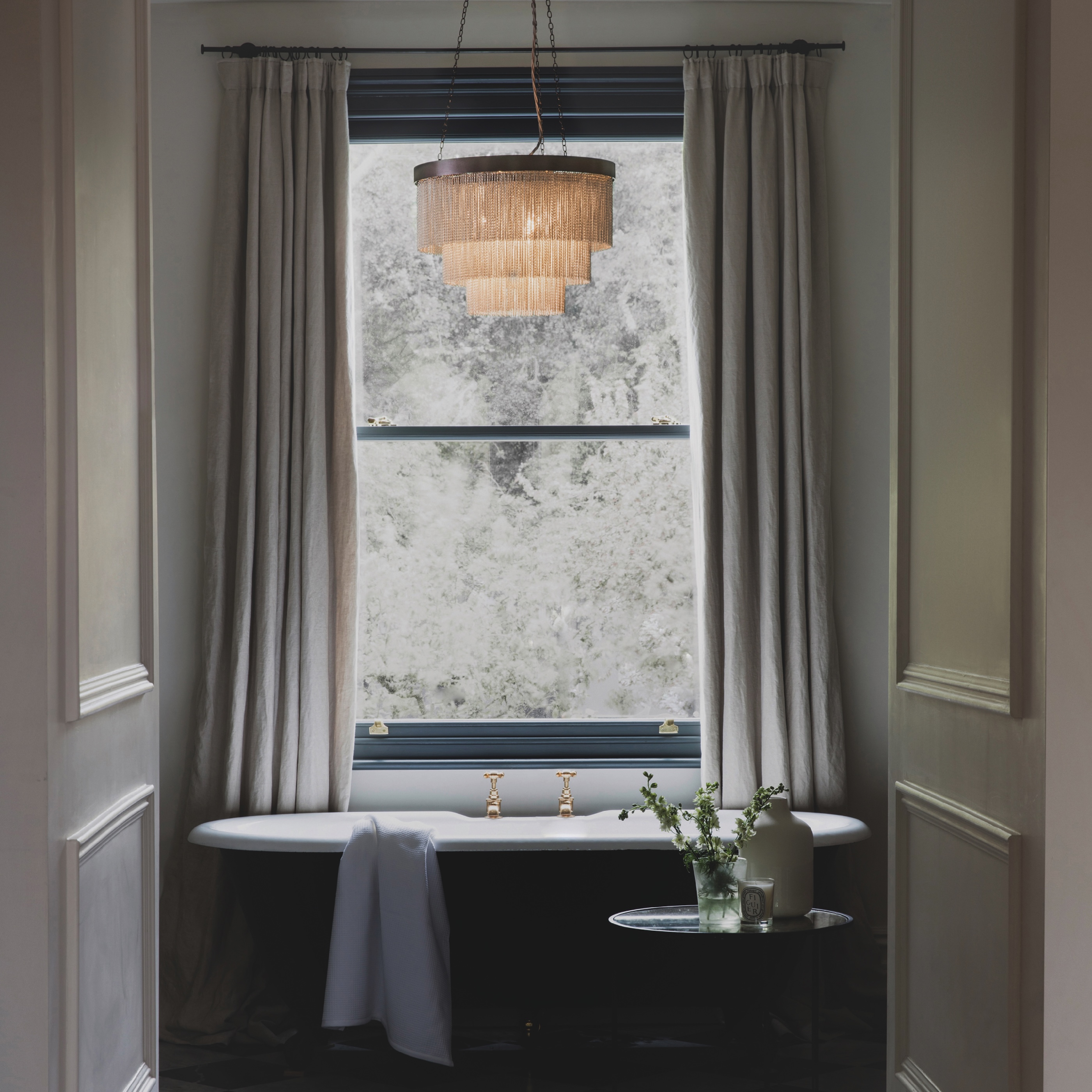
This level of symmetry with floor lenngth curtains and a statement pendant provides total splendor in the bathroom.
What instantly elevates a bathroom is moving away from a purely functional approach.
“Introducing a statement pendant or chandelier, as you might in a living room, can make the space feel infinitely more sophisticated, while still being practical if combined with task and ambient lighting,” explains Louise Ashdown, head of design at West One Bathrooms. Just because it’s the bathroom and you might not always share time in there with someone else, it doesn’t mean the importance of lighting should be excluded.
The difference you will find is the change in surfaces and how light interacts with glossy tiles in your bathroom ideas, for example. Shiny bathroom countertops, which are often found in the bathroom, can bounce light around dramatically. Louise tells us natural stone or brushed metals absorb it more subtly, “The interplay between the two can feel very high-end if handled carefully.”
The truth is, lighting isn’t about wattage; it’s about composition. “Get it right, and your bathroom stops being a purely functional room and starts to feel like a space designed with the same level of detail and investment as the rest of the home.”
Whether it’s a focal point, subtle glow, or overhead task lighting, all three need a lot of consideration in how they’ll work together, as you do need to consider all areas.

Louise is Head of Design at West One Bathrooms, having worked in the industry for over 18 years. At West One Bathrooms, one of the UK’s premium and luxury bathroom retailers, she heads up the design and creative teams, overseeing all the bathroom projects, as well as sourcing the latest products. A never-ending passion for bathroom design.
5. Symmetrical spaces
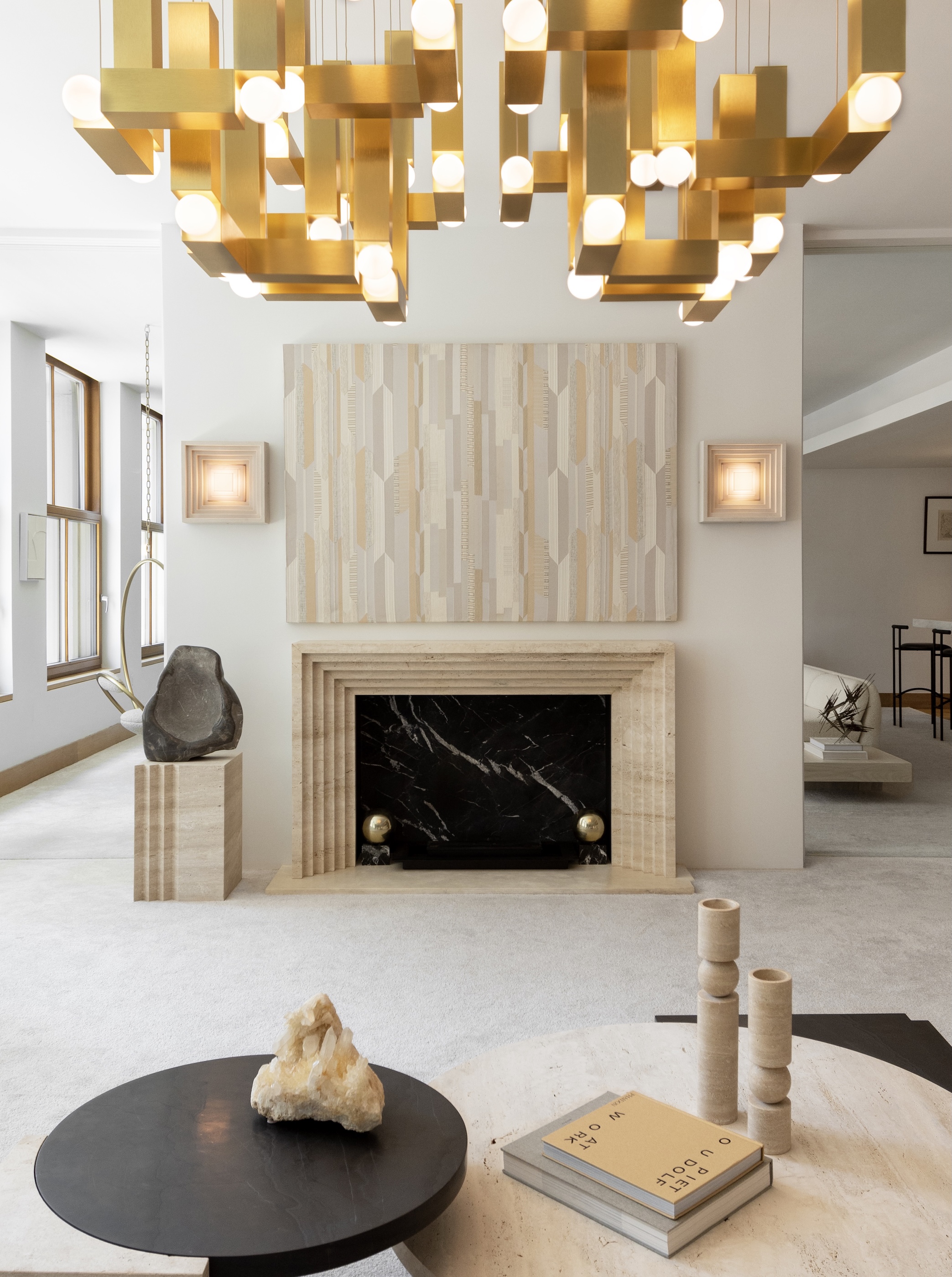
Brass and soft neutral stone – a duo that always reads as timeless and expensive.
Certain areas in a home, such as modern living rooms, naturally lend themselves to symmetry, and lighting is the simplest way to highlight them and complete the finished look. Mantelpieces, bookshelves, headboards, or a hallway console table all become enhanced when framed with a pair of marching wall lights or lamps. This approach delivers balance and intention, making the space feel more considered and curated, and by extension, more lavish.
A mantelpiece is often the heart of the living room, and it deserves to be framed in a way that draws the eye and creates visual interest. Helen Pett suggests, “Adding a mirror above the mantelpiece and framing it with sconces creates a sense of balance and refinement, while their gentle glow adds depth and warmth. Light and mirror make great partners, reflecting into the room and making the room look more expansive.” The layered ambience highlights the mantel as a focal point and raises the level of sophistication throughout the entire space.
With the right lighting, bookshelves transform into a canvas, accentuating the objects and collections within. “Layered illumination introduces depth and shadow, giving the room a curated dimensionality that feels both timeless and intentional,” says Helen. “The beauty of bookshelves is their versatility.” Whether you opt for the addition of table lamps on them, or wall lights on either side to make the bookcase its own feature. It’s a key place for lighting.
Illuminating the headboard is both functional and indulgent, setting the mood in what should be the most relaxing space of all. Helen recommends thoughtfully positioned lighting to act as a reading light, while the gentle halo of warm light frames your bed elegantly. “Aim to create an atmosphere of serenity that transforms the bedroom into a sanctuary.”
The entryway console is an often-overlooked piece of furniture, usually placed in a high-traffic area. Yet, as it's the first thing you see when you enter the home, it’s vital to welcome everyone with a strategic layering of oversized table lamps. “This spot becomes a statement of refinement,” says Helen, allowing the entire entryway to advance in its glory by welcoming guests into an invitingly lit home. “The glow of the light allows the intricate design details of the console table to shine through, illuminating the cohesive scheme.”
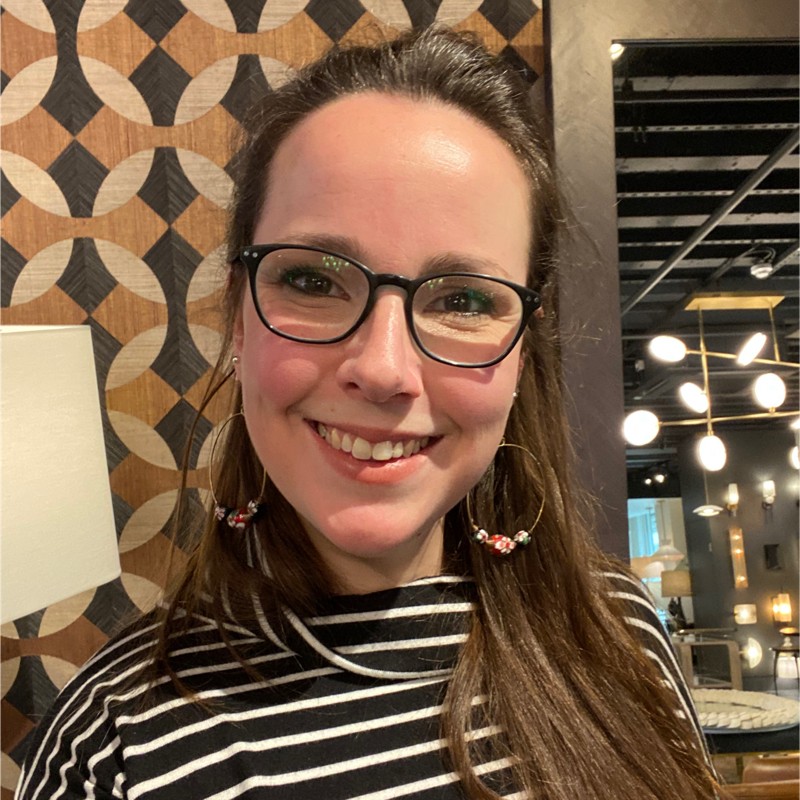
As the brand ambassador, Helen represents Arteriors in the UK. She has worked at Arteriors for over 8 years alongside interior designers and managing the showroom in Design Centre Chelsea Harbour.
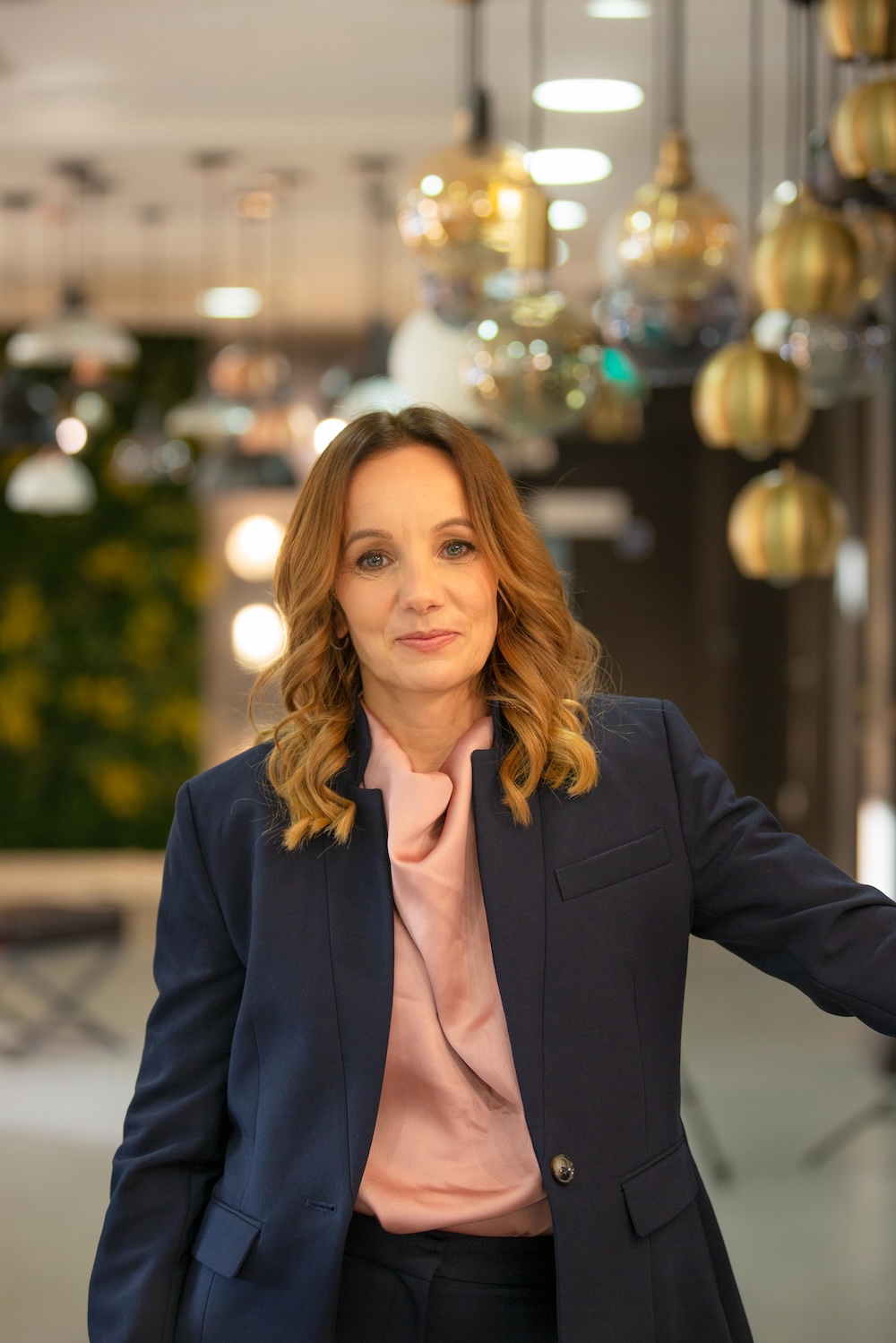
Mara established the brand over a decade ago, driven by her passion for art, sustainability, and the timeless value of craftsmanship. With a strong background in marketing and business development, Mara combines her commercial expertise with a deep commitment to creating high-quality, handcrafted lighting and furniture. Each piece is designed in-house by the Industville team and encapsulates a harmonious blend of traditional craftsmanship, exceptional quality, and contemporary style, embodying sustainable luxury.
FAQs
What Is the 5-7 Lighting Rule?
The 5-7 rule of lighting is a simple approach applied to interior design to obtain balanced, layered lighting. It means that we should consider five to seven sources of light in a room. “These do not necessarily have to be big fixtures - it can be a combination of ceiling lights, wall sconces, table lamps, floor lamps, under-cabinet strips, and even candles,” says Artem Kropovinsky, founder of interior design studio, Arsight.
The idea is not to have just one bright overhead light, but to spread it over layers throughout the room. “This approach is versatile: bright lights for work, dimmed lights for relaxation, and accent lights to highlight the architectural details. It helps a space feel welcoming and cozy, not too dark or overlit," Artem adds.
Ambient, task, and accent lighting are introduced at varying heights and positions to create structure, rhythm, and visual interest. Massimo Buster Minale, Founder and Creative Director of Buster + Punch, explains further, “In the living room, this might look like a bespoke chandelier or a striking floor lamp to ground the space, supported by picture lights, wall lights, and curated table lamps that direct focus where needed. In the bedroom, the composition could include a central pendant, a pair of table lamps, wall light,s or a floor lamp to define a reading corner.”
Massimo suggests that too few light sources leave a room feeling flat, while too many overwhelm the space and reduce impact. “Consider adding dimmer switches, which provide precision and allow a seamless transition from functional lighting to a softened ambience. When applied with intention, the 5-7 rule transforms lighting from an everyday utility into a statement of luxury, combining design with comfort."

Arsight Studio, based in New York City and founded by interior designer Artem Kropovinsky, has a decade of extensive and global residential and commercial interior design experience. Connecting a collaborative team of passionate professionals, the studio has worked on projects nationwide and worldwide, adhering to the principle that a truly creative mind can only consist of extensive experience combined with relentless growth and exploration.

Massimo Buster Minale is a renowned London-based architect and industrial designer. Following a career at Foster & Partners and Richard Rogers, Massimo founded the Buster + Punch label in 2013, evolving from custom motorbikes to hardware, industrial-style lighting, and home accessories. "In a nutshell, my mission is to reinvent forgotten home fittings into the unforgettable."
The key to making a room look expensive not only lies in carefully accentuating defining features like artwork or architectural details, but also ensuring seating nooks and empty corners aren’t overlooked, but celebrated.
“Custom lighting is a great way to inject a sense of luxury finesse into these spaces — adding instant intrigue and that ‘designer’s touch’ without the associated price tag,” says Mara Rypacek Miller, founder of Industville.
For the ultimate finish in any space, and to make it look as expensive as you'd like, choose warm layers of lighting that cater to all needs in timeless materials like aged brass, wood, and rattan. “Even when the design is simple, high-quality finishes create depth, shadow, and reflection in a way that mass-produced materials cannot.”

Portia Carroll is an interior stylist, writer, and design consultant. With a background in interior architecture and design, she has a plethora of creative experience in the industry working with high end interior brands to capture beautiful spaces and products and enhance their qualities.
